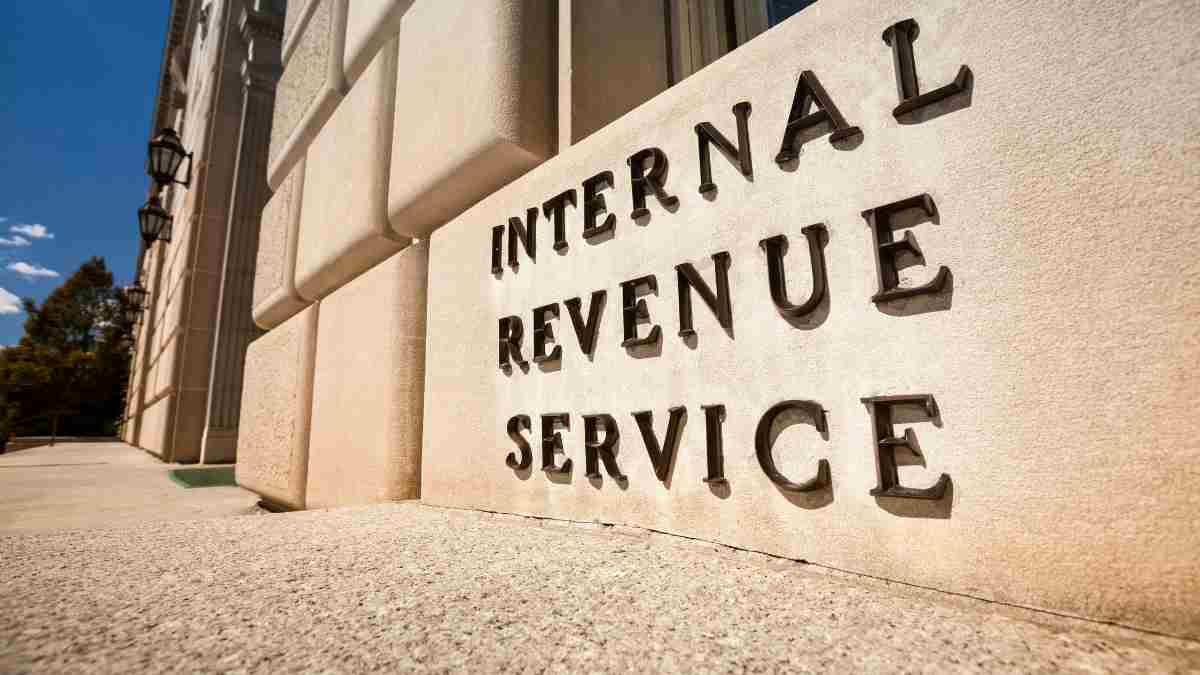The IRS has recently identified another wave of warning signs related to incorrect Employee Retention Tax Credit (ERC) claims. These latest red flags stem from common issues that IRS compliance teams have encountered while reviewing and processing claims for the pandemic-era tax credit. These new warnings come in addition to the seven indicators the IRS had already emphasized earlier this year.
The IRS is doubling down on ERC compliance and claims scrutiny. This renewed focus comes after the agency recently restarted processing, reopened its Voluntary Disclosure Program, and sent out up to 30,000 letters to address over $1 billion in fraudulent or incorrectly claimed credits.
Here’s What You Need to Know
The Employee Retention Credit (ERC) is a refundable tax credit designed to support businesses that continued to pay employees during COVID-related shutdowns. However, numerous abusive promoters have misled employers into making incorrect claims, resulting in significant errors and widespread ERC fraud, as previously reported by Kiplinger.
For business owners, the repercussions of ERC fraud are severe, potentially leading to fines, penalties, and in the worst cases, criminal charges or imprisonment. To help you avoid these pitfalls, we’ve identified five red flags that could indicate your ERC claim is incorrect.
Claiming Family Members’ Wages as Qualified Wages
For family-owned businesses, the ERC has specific restrictions regarding majority owners and their related employees. According to ERC guidelines, wages paid to individuals who own more than 50% of the business (majority owners) are not eligible for the credit.
Understanding and adhering to these rules is crucial for ensuring your ERC claims are accurate and compliant. Stay informed and vigilant to safeguard your business from potential penalties.
When it comes to the Employee Retention Credit (ERC), it’s important to understand that wages paid to certain family members of the majority owner do not qualify. Here are some examples of these “related individuals”:
Who Doesn’t Qualify for the ERC?
- A child or a descendant of a child
- Your sibling, stepbrother, or stepsister
- Your father, mother, or any ancestor of either
- Your stepfather or stepmother
The IRS also extends this rule to include nieces and nephews, aunts and uncles, and any in-laws. Additionally, household members or anyone who lives in your principal household during the tax year are not eligible. Your spouse is also considered a relative under this IRS scrutiny.
Claiming Wages Already Used for the Paycheck Protection Program
It’s crucial to note that while you can claim both the ERC and Paycheck Protection Program (PPP) loan forgiveness, you cannot report the same wages for both. In other words, if you’ve already reported certain wages for the PPP, those wages cannot be counted again as qualifying wages for the ERC.
Some employers find themselves ineligible for the Employee Retention Credit (ERC) because they haven’t been able to provide sufficient proof that a government order caused a full or partial shutdown of their business operations due to COVID-19.

